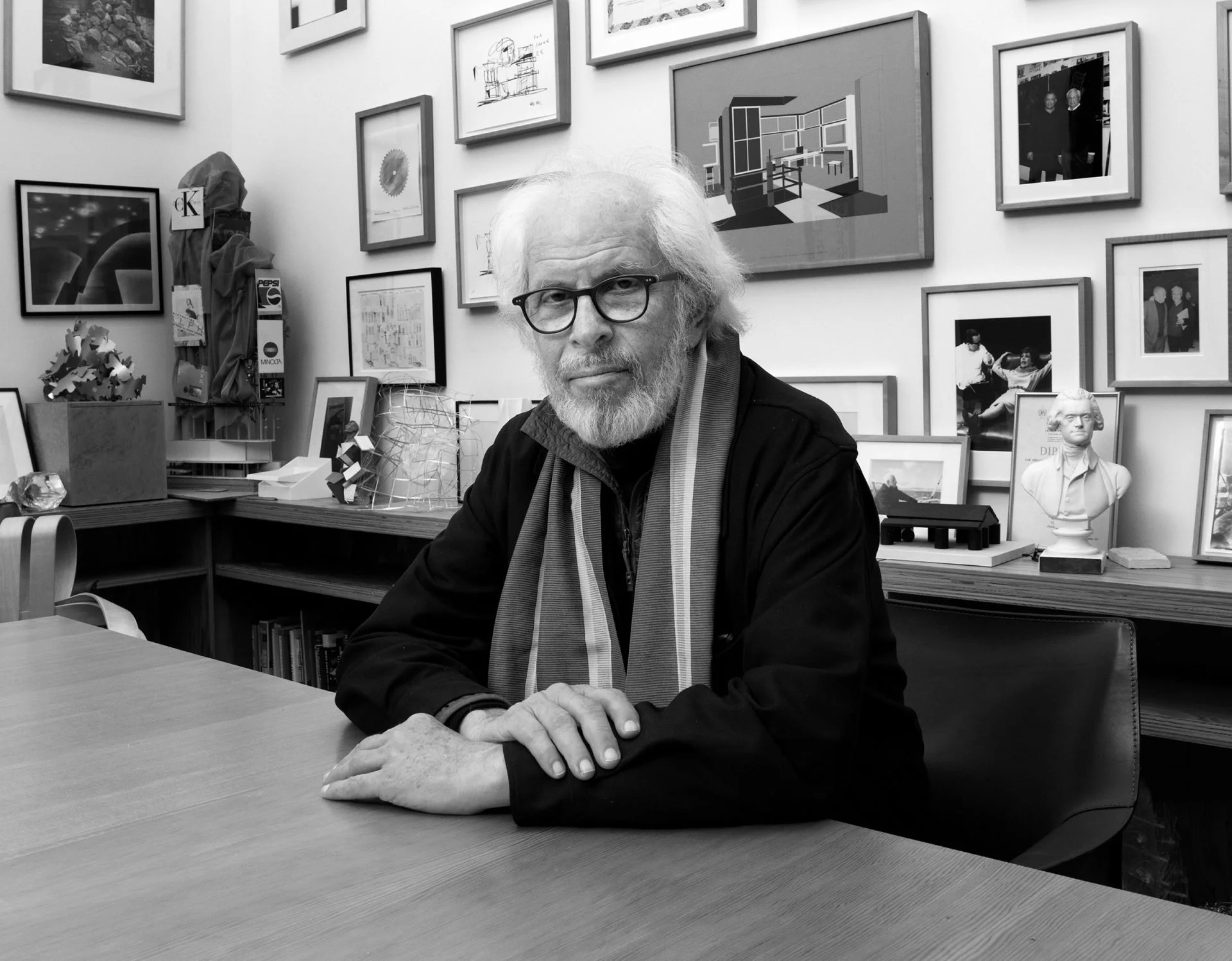On Potboiling
Shore then
Shore now
One of my all time favorite photographers, Stephen Shore, just published a memoir. Modern Instances: The Craft of Photography is an eclectic arrangement of interviews, journal entries, inspiration, and thoughts on the practice of photography from someone who has been making pictures at a very high level for over 50 years.
Because I was already pretty familiar with Dr. Shore, the book was really just a reminder of how much I love his work. Shore’s American Surfaces (1973) and Uncommon Places (1982) are some of the most iconic photographic works ever made. And I’m certainly guilty of “borrowing” inspiration from these masterpieces. Furthermore, I have seen Shore speak several times — he was always intelligent and engaging and inspirational.
One of my all time favorite photographs ever is a Shore image titled U.S. 10, Post Falls, Idaho, 1974. I have studied this picture carefully for many hours and have thought about it for years:
Stephen Shore, U.S. 10, Post Falls, Idaho, 1974
Rather than recap the new book (which is worth reading for anyone interested in art, not just photography) I wanted to zero in on one specific thing that really jumped out at me.
In 1976, Shore was invited to dinner at a friend’s place in SoHo where he met Ansel Adams. Shore recalls, “During dinner I saw Ansel drink six tall glasses of straight vodka. Toward the end of the evening, he said to me, ‘I had a creative hot streak in the 40’s and since then I’ve been potboiling.’ He was making me aware that hot streaks end. Some photographers who had long, productive lives had a driving vision. Other artists kept vital by renewing their vision from time to time. I knew by the time of the dinner in 1976, that, by temperament, I was in the second group.”
This idea of continually evolving is something I think about a lot. Some artists are comfortable mining the same vein of inspiration for much of their career, working in the same way, with the same materials — going deeper and deeper in one direction, looking for truth by traveling in a straight line. They are pilots on a mission. Others need to move around, to try different things, move to a new country, change their subject or their materials or even their whole identity. They are wanderers, pioneers, following their curiosity in different directions.
I used to think I was in the first group. In my 20’s I was convinced that I’d die as a weathered old photogrpaher, camera still in my hands. But 30 years later, I’m not so sure. While I still very much work visually, the camera is just one thing that I use to make art. My curiosity was needing more nourishment than a camera alone could provide.
The idea of having a “hot streak” at a young age, then never being able to achieve the same level of creative reward for the rest of one’s life is sort of sad and terrifying. We’ve all seen “Behind the Music” enough times to know what eventually happens to the one hit wonders. Most of the time, it’s not good.
In my experience of Shore’s work, the 70’s and 80’s were his creative peak. It’s hard to know how much was luck, work, serendipity or synchronicity, but the work he made during that time was really special. At some point in the 90’s, Shore realized that he was imitating himself, or as he says, “I was making Stephen Shores” and knew it was time to recalibrate his compass. And while he certainly changed course, changed cameras, and changed how he thought about and made work in the 30 years since, I don’t think he has made anything that was as meaningful to me as his work from the 70’s and 80’s.
That said, at age 74, he’s still going strong. Still curious, still learning, still teaching. His book is evidence that he has carefully composed a very creatively fulfilling life for himself, and it seems like he still gets much of his nourishment from photography and curiosity rather than tall glasses of vodka.



